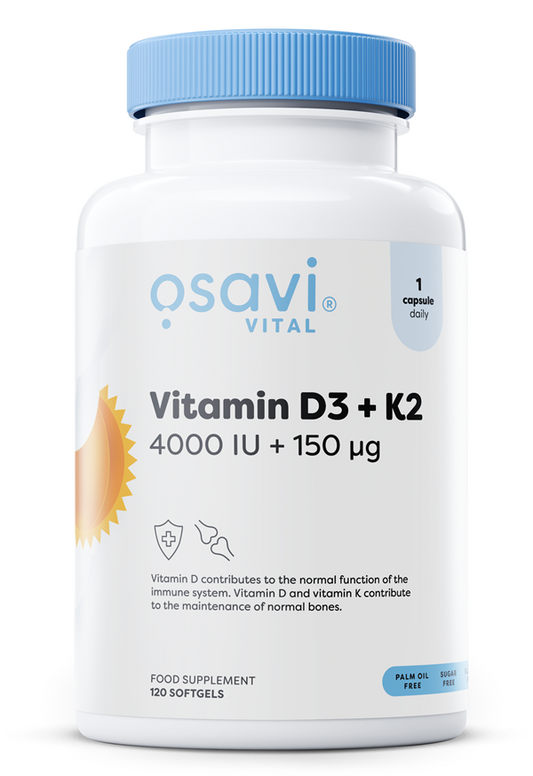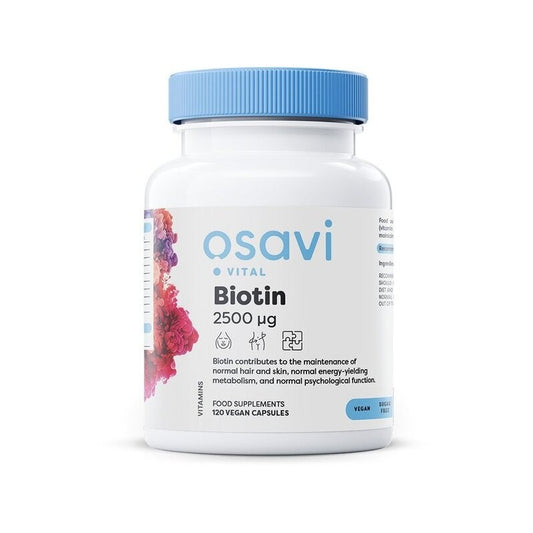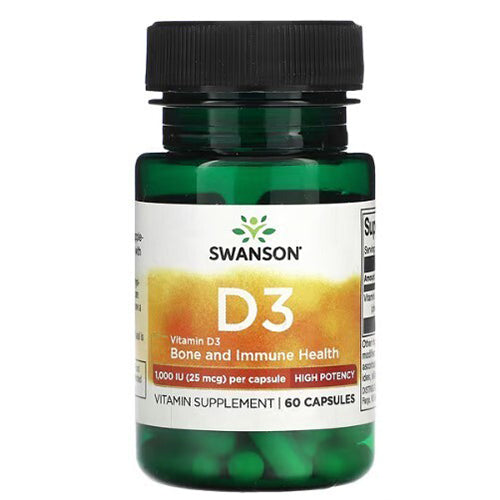
Pantothenic Acid (Vitamin B5): Benefits, Sources, and Daily Needs
Jakub SkibaVitamin B5, also known as pantothenic acid, is a water-soluble B vitamin that supports overall nutrition and energy metabolism. It is an essential nutrient that helps the body process carbohydrates, fats, and proteins from your diet into usable energy. This makes it an important part of a balanced lifestyle, contributing to everyday vitality and nutrient utilization. Vitamin B5 is naturally present in a wide variety of foods, which makes it easy to include in a healthy diet. Common sources include whole grains, legumes, eggs, poultry, fish, and dairy, making it accessible whether you follow a plant-based or omnivorous diet.
In addition to its role in energy metabolism, Vitamin B5 is commonly found in wellness routines and dietary supplements. It is often highlighted for supporting skin wellness and maintaining nutritional balance, which is why it is a popular ingredient in some health and beauty products. While it is sometimes associated with promoting energy and resilience, its main function is nutritional: supporting the body’s natural processes that convert food into energy and maintain overall well-being. This article explores the main functions of Vitamin B5, natural sources, recommended daily intake, and practical ways to include it in your diet to support a healthy lifestyle.
Key Roles of Vitamin B5 in Nutrition
Energy Metabolism
Vitamin B5 supports the natural breakdown of carbohydrates, fats, and proteins from food into energy. By assisting the body in nutrient utilization, it contributes to maintaining energy levels throughout the day.
Skin health and Nutritional Support
Vitamin B5 is commonly included in wellness and skincare routines due to its role in supporting healthy skin. It can contribute to maintaining hydration and overall skin wellness as part of a balanced diet.
Overall Nutritional Balance
Pantothenic acid also supports general nutritional balance. Including it in a varied diet can help ensure consistent intake of essential nutrients.
Food Sources of Vitamin B5
Plant-Based Sources
-
Whole grains (brown rice, oats, barley)
-
Legumes (lentils, chickpeas, beans)
-
Avocados
-
Sweet potatoes
-
Mushrooms (shiitake, portobello)
-
Peas
-
Nuts and seeds (sunflower seeds, walnuts)
Animal-Based Sources
-
Chicken and turkey
-
Eggs
-
Fish (salmon, trout)
-
Liver (beef, chicken)
-
Dairy products (milk, yogurt, cheese)
A balanced diet that includes these foods usually provides sufficient Vitamin B5. Supplements may be used to ensure consistent intake, especially for those following plant-based diets or with higher nutritional needs.
Recommended Daily Intake of Vitamin B5
|
Age Group |
Daily Recommended Amount (mg) |
|
Infants (0–6 months) |
1.7 |
|
Children (1–3 years) |
2 |
|
Children (4–8 years) |
3 |
|
Children (9–13 years) |
4 |
|
Teens (14–18 years) |
5 |
|
Adults (19+ years) |
5 |
|
Pregnant/Breastfeeding women |
6 |









